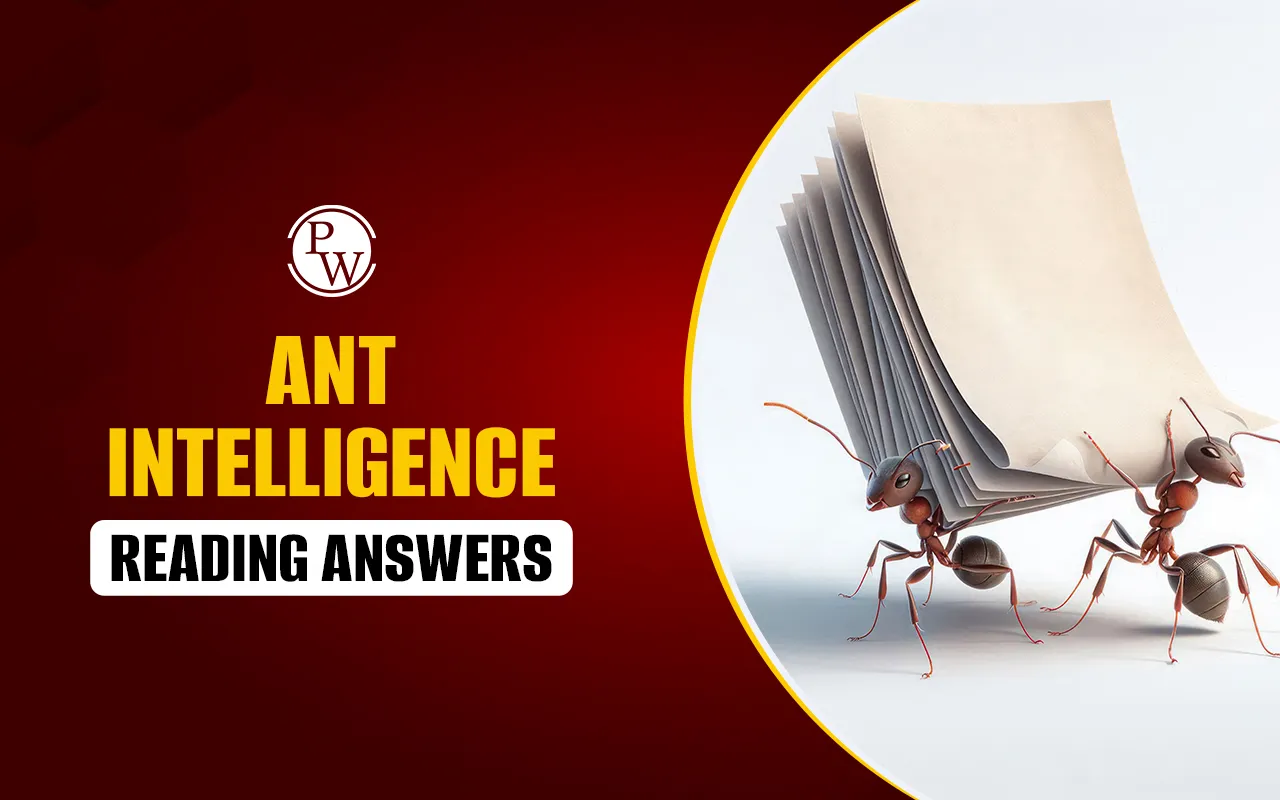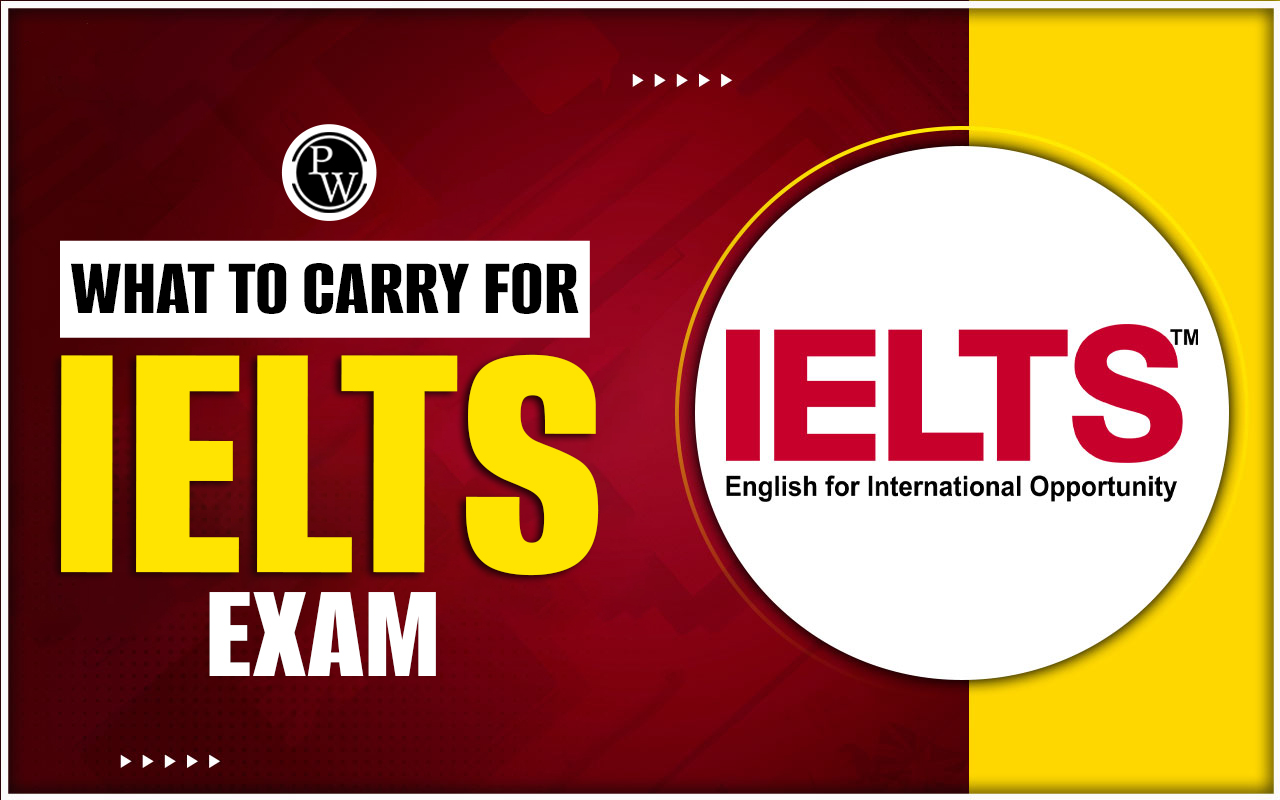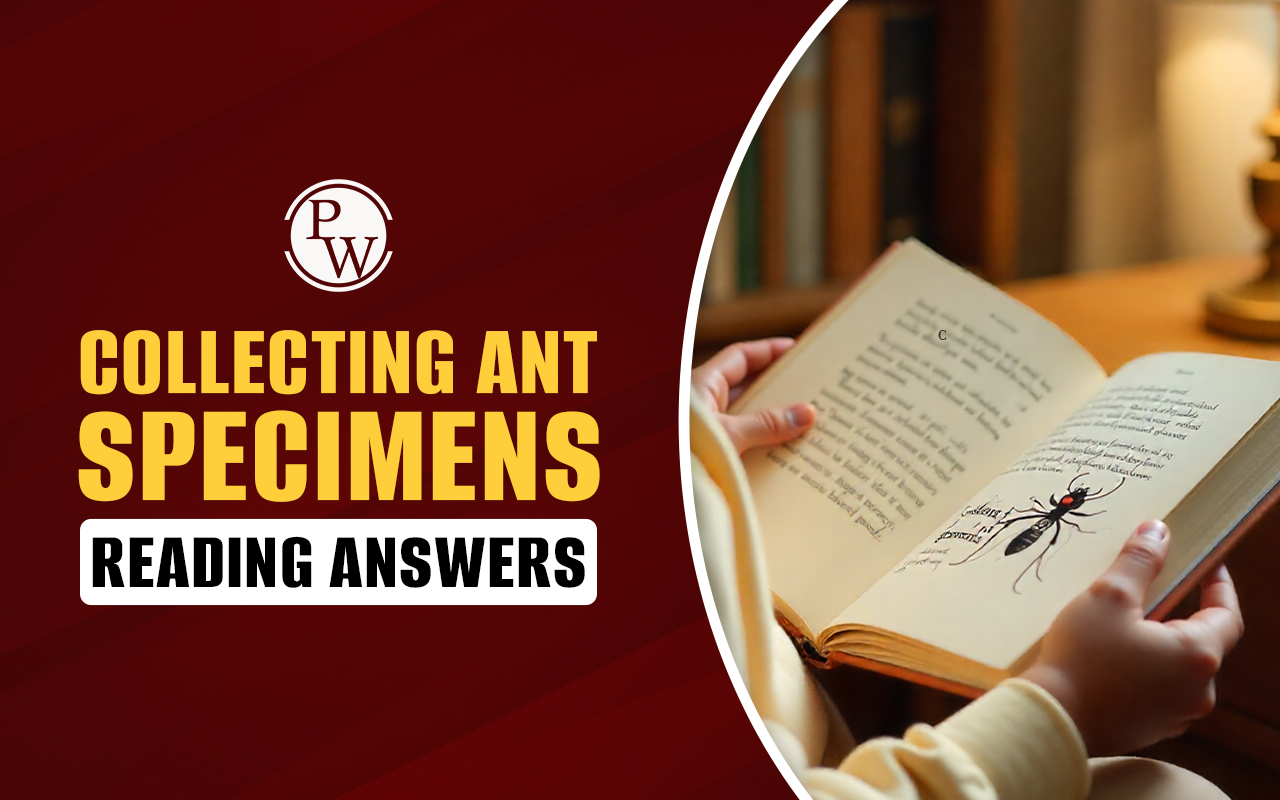

Ant Intelligence Reading Answers passage is a fascinating part of IELTS Reading Topics that explores the hidden world of ants and their advanced skills. From farming fungi to complex ant colony communication reading answers, the text highlights their teamwork, navigation, and survival strategies. It also sheds light on ant behavior and problem solving reading answers, helping learners understand unique parallels between ants and humans.
Practicing with the Ant Intelligence Reading Answers not only improves comprehension but also prepares candidates for different IELTS Reading Question Types like IELTS Reading Sentence Completion Questions and IELTS Reading multiple choice questions, boosting overall IELTS Reading Band Score. Check the information below to get the complete IELTS Ant Intelligence Reading Answers Passage, sample questions, as well as answers.
Ant Intelligence Reading Answers IELTS Passage
Provided here is the complete Ant Intelligence Reading Answers passage is a popular part of IELTS Reading Topics. It explores how intelligent ants are, their farming skills, and ant behavior and problem solving reading answers. It also highlights ant colony communication reading answers. Thereby helping learners practice various IELTS Reading Question Types, improve accuracy in IELTS Reading multiple choice questions, and boost overall IELTS Reading Band Score.
Ant Intelligence
Monkey and apes come to our mind when we think about which are the intelligent members of the animal kingdom. In fact, in the insect kingdom, social lives of some members seemed to express intelligence. Among these, the ant’s world has been investigated lately, and it is found to be that ants demonstrate sparks of cognition.
Ants do activities like storing food, repelling the attackers and contacting one another incase of attack by using chemical signals. This sort of chemical communication can be compared to human’s visual and auditory channels such as advertising images, political slogans, martial music and religious chants which kindle and circulate moods and attitudes among people. The biologist Lewis Thomas believes ants are resembling human beings with the following activities: farming fungi, raising aphids in livestock, launching armies to war, using chemical sprays to alarm and confuse enemies, capturing slaves, engaging in child labour, and exchanging information incessantly. They do everything except watch television.
Humans do cultural transmission, whereas ants are the opposite. Everything should be encoded in the genes of the ant. Most of the knowledge and skills, child learns from the community as the child grows up, apart from the basic instincts which he or she gained from the genes. Cultural continuity seems to give a bigger advantage to humans over ants. Ants are not either mastered fire or progressed. When comparing the agricultural skills of humans five thousand years ago, ant’s fungus farming and aphid herding crafts are sophisticated. But it has been taken over by modern human agribusiness.
The ants’ farming methods are sustainable. Either they do not spoil the environment or use immense amounts of energy. Additionally, recent evidence claims that ants’ crop farming might be more sophisticated and adaptable than was thought possible. Cellulose in leaves can't be digested by ants but some fungi can. Therefore, the ants cultivate those fungi in their nests, bringing them to leaves to feed and then use them as a food source. To control the fungi that might act as ‘weeds’ and spread waste to fertilize the crop, ants secrete antibiotics.
Previously, it was believed that the ants cultivate only a single type of fungus to propagate. In genetic screening, Ulrich Muellwe of Maryland and his colleagues found 862 different types of fungi from the ant’s nests. These turned out to be highly diverse: ants probably domesticate new species in a continuous fashion. Analysing the DNA of the fungi ants enhance or alter the fungi by regularly swapping and sharing strains with neighbouring ant colonies. Evidence suggests that ants have lived in urban settings about 100 million years, developed and maintained underground cities of specialised chambers and tunnels, while prehistoric man was not even exposed to urban lifestyles.
We are amazed to see what humans have achieved in Mexico City, Tokyo, Los Angeles, during our survey. Still, Hoelldobler and Wilson have written a work for ant lovers, The Ants, which describes the ant Formica yessensis’s supercolony on the Ishikari Coast of Hokkaido. It was reported that this ‘megalopolis’ is composed of 360 million workers and a million queens inhabiting 4,500 interconnected nests across 2.7 square territory.
This kind of long-lasting and intricately meshed levels of technical achievement is great when compared to our distant ancestors’ achievements. Cave paintings in southern France are only aged about 20,000 years ago. But, ant societies existed in the same form about more than seventy million years ago. Aside from this, prehistoric man seems technologically primitive.
Oxford, Sussex, and Zurich Universities conducted research that shows that ants came back from a foraging trip, they combine bearings and distances to navigate, and they consistently update their heads. They integrate the evidence of visual landmarks with a mental library of local directions. This is all being done within a framework that is consulted and updated. Thus, we can say, ants can learn too.
In their twelve-year research project, Ryabko and Reznikova discovered evidence that ants may communicate quite complex signals. After finding the food, the scouts returned to their foraging team. Scout was removed in order to participate in contact sessions and observe what her teammates would do. Foragers usually went to the exact spot in the maze where the food had been. Precautions were taken by employing odour clues. Now the discussion is over on how to communicate the maze's route, whether by a "left-right sequence of turns" or a "compass bearing and distance" message.
Reznikova becomes so attached to her laboratory ants that she feels as if they are distinct individuals in the course of her exhaustive study. In his essay, Edward Wilson writes, 'In the company of ants' and advises the readers who asked what to do if they find ants in the kitchen: 'Watch where you step. Be careful of little lives.' And, of course, it’s not surprising.
Ant Intelligence ReadingSample Questions
Covered here is the sample Questions on IELTS Ant Intelligence Reading Answers Passage. That candidates can refer to solve and understand their reading and problem-solving skills. While one solves these questions, they learn about how intelligent are ants reading answers, ant behavior and problem solving reading answers, and ant colony communication reading answers.
Therefore, covering various IELTS Reading Question Types, they guide students through the IELTS Reading Test Format, IELTS READING structure, and techniques on how to handle Multiple Choice Questions in IELTS Reading to boost their IELTS Reading Band Score. Check the provided set of sample questions below:
1. Ant Intelligence True / False / Not Given Questions
Write TRUE if the statement agrees with the passage, FALSE if it contradicts, and NOT GIVEN if there is no information.
-
Ants use chemical signals to warn each other of danger.
-
Ants learn most of their skills from the community as humans do.
-
Ants’ farming methods are harmful to the environment.
-
Scientists once believed ants cultivated only one type of fungus.
-
Ants have been building complex underground cities for over 100 million years.
2. Ant Intelligence Sentence Completion
Complete the sentences below using NO MORE THAN TWO WORDS from the passage.
- Ants use ________ to communicate in case of attack.
- Unlike ants, humans pass knowledge through ________.
- Ants secrete ________ to control harmful fungi in their crops.
- The supercolony of Formica yessensis was reported on the ________ Coast of Hokkaido.
- Reznikova observed that ants could communicate ________ signals.
3. Ant Intelligence Multiple Choice Questions (MCQs)
Choose the correct option A, B, C, or D.
Why does Lewis Thomas compare ants to humans?
A. They use advanced technology.
B. They display a wide range of social activities.
C. They watch television like humans.
D. They rely on visual and auditory communication.
What evidence suggests ants can learn?
A. They master fire for agricultural purposes.
B. They create cave paintings like humans.
C. They combine bearings and distances during navigation.
D. They grow only one type of fungus.
How did researchers test ants’ communication in mazes?
A. By marking visual paths with chalk.
B. By removing scouts and observing the foragers.
C. By using musical signals.
D. By altering the colony’s tunnels.
4. Ant Intelligence Matching Information Questions
Match the items (14–17) with the correct description (A–E).
Watering fungi with leaves
The Ants (book)
Ryabko and Reznikova
Edward Wilson
A. Wrote about the ant supercolony in Hokkaido.
B. Suggested ants can send complex messages.
C. Compared ants’ social life to humans.
D. Described ants as individuals and advised caution when killing them.
E. Feeding fungi cultivated by ants.
IELTS Ant Intelligence Reading Answers
IELTS Ant Intelligence Reading Answers section provides detailed solutions for practice questions, including IELTS Reading multiple choice questions and IELTS Reading Sentence Completion Questions.
By analyzing ant behavior and problem solving reading answers and ant colony communication reading answers, learners understand the text better, sharpen their reading strategies, and discover how intelligent are ants reading answers, while gaining key insights on How to improve IELTS Reading Score across different IELTS Reading Topics. Here’s the complete solution to the given question:
| Ant Intelligence Reading Answers | ||
| Question Type | Question | Answer |
| True / False / Not Given | Ants use chemical signals to warn each other of danger. | TRUE |
| Ants learn most of their skills from the community as humans do. | FALSE | |
| Ants’ farming methods are harmful to the environment. | FALSE | |
| Scientists once believed ants cultivated only one type of fungus. | TRUE | |
| Ants have been building complex underground cities for over 100 million years. | TRUE | |
| Sentence Completion | Ants use ________ to communicate in case of attack. | chemical signals |
| Unlike ants, humans pass knowledge through ________. | language | |
| Ants secrete ________ to control harmful fungi in their crops. | antibiotics | |
| The supercolony of Formica yessensis was reported on the ________ Coast of Hokkaido. | Ishikari | |
| Reznikova observed that ants could communicate ________ signals. | complex | |
| MCQs | Why does Lewis Thomas compare ants to humans? | B. They display a wide range of social activities |
| What evidence suggests ants can learn? | C. They combine bearings and distances during navigation | |
| How did researchers test ants’ communication in mazes? | B. By removing scouts and observing the foragers | |
| Matching Information | Watering fungi with leaves | E. Feeding fungi cultivated by ants |
| The Ants (book) | D. Described ants as individuals and advised caution when killing them | |
| Ryabko and Reznikova | B. Suggested ants can send complex messages | |
| Edward Wilson | C. Compared ants’ social life to humans | |
Guidance to PW IELTS Prep
IELTS Online Courses is a great initiative Physics Wallah took to help IELTS aspirants better prepare for the exam. Follow our below pages to learn more about the IELTS exam.| IELTS Reading Band Score | IELTS Listening Band Score |
| IELTS Speaking Band Score | IELTS Writing Band Score |
IELTS Ant Intelligence Reading Answers FAQs
What is the IELTS Ant Intelligence Reading Answers passage about?
Which IELTS Reading Question Types are included in the Ant Intelligence passage?
Why is practicing Ant Intelligence Reading Answers useful for IELTS?
What unique skill of ants is highlighted in the passage?
Do Ant Intelligence Reading Answers help with exam strategies?













